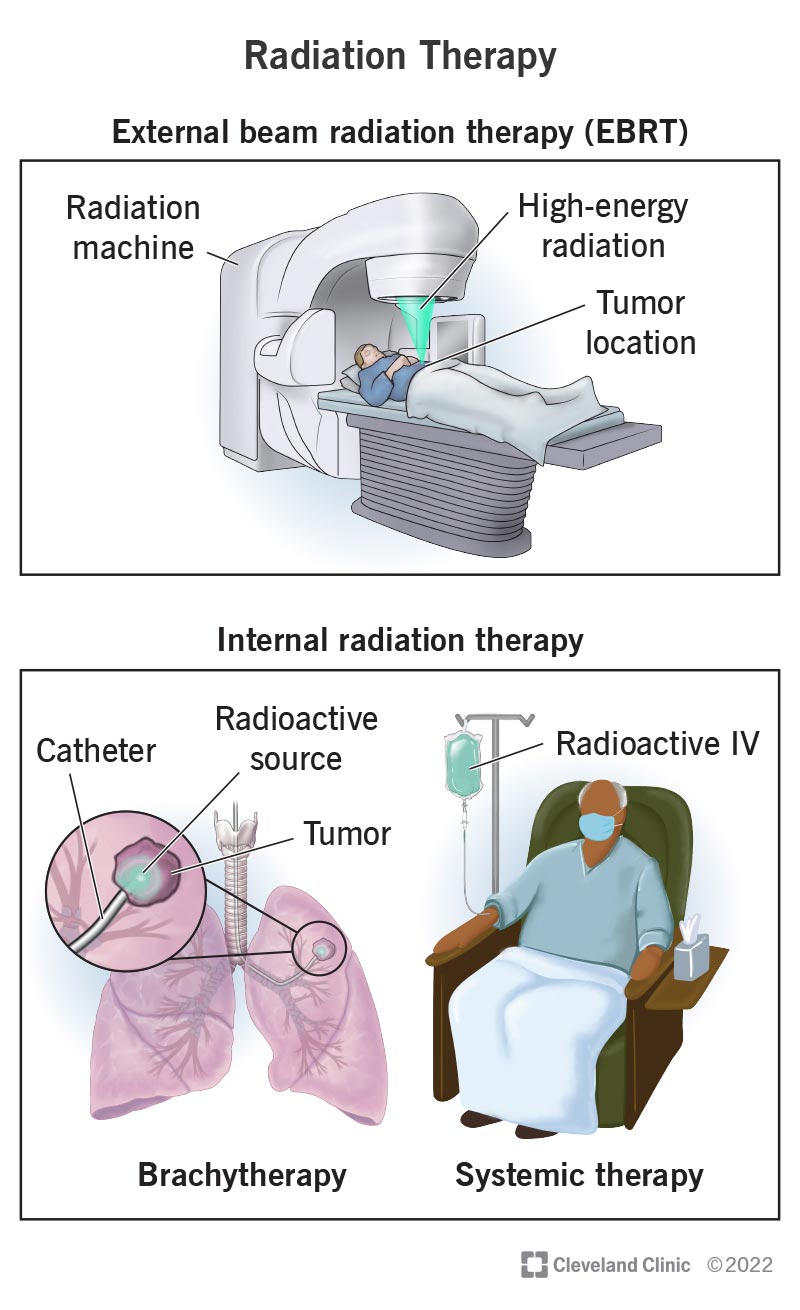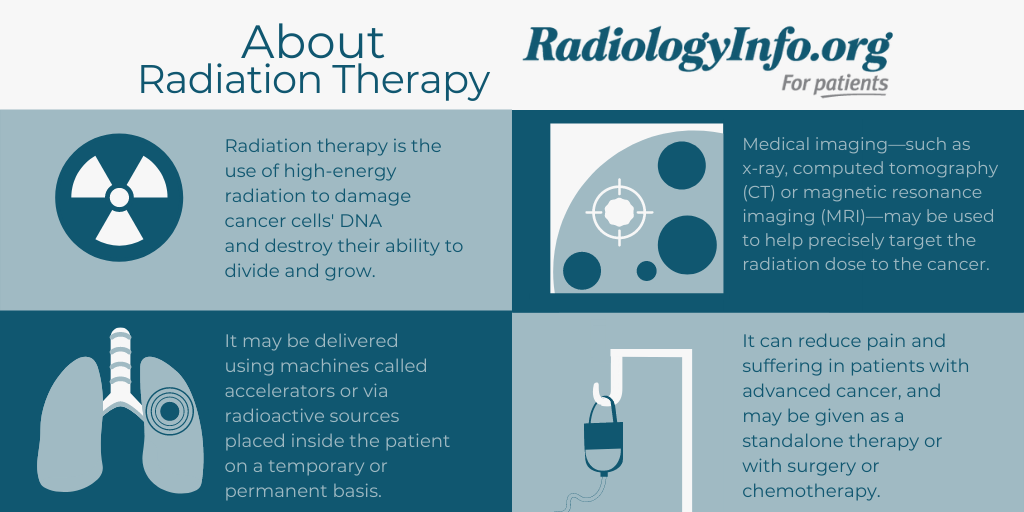Arogyajivan Medical Tourism For Oncology Can Be Fun For Everyone
Table of ContentsWhat Does Arogyajivan Medical Tourism For Oncology Mean?An Unbiased View of Arogyajivan Medical Tourism For OncologyAn Unbiased View of Arogyajivan Medical Tourism For OncologyArogyajivan Medical Tourism For Oncology Things To Know Before You BuyThe 45-Second Trick For Arogyajivan Medical Tourism For OncologyExamine This Report about Arogyajivan Medical Tourism For OncologyThe Best Guide To Arogyajivan Medical Tourism For Oncology
According to the American Cancer Cells Culture (ACS), medical professionals in the United States diagnose of cancer cells situations in people ages 50 years or older. Hereditary variables can contribute to the advancement of cancer.Genes likewise influence the cells' production of proteins, and healthy proteins lug numerous of the guidelines for mobile development and department. This to a proneness for cancer cells.
Getting The Arogyajivan Medical Tourism For Oncology To Work
Some hereditary mutations that boost the risk of creating cancer happen after birth. These hereditary changes cause cancer more generally than inherited gene mutations.

Doctors classify cancer by its place in the body and the tissues that it develops in. When cancerous cells spread out to various other components of the body, the medical term for this is transition. An individual can also have greater than one kind of cancer at a time. Improvements in cancer discovery, enhanced understanding of the risks of smoking cigarettes, and a decrease in cigarette usage have all added to a year-on-year decrease in the variety of cancer diagnoses and fatalities.
All About Arogyajivan Medical Tourism For Oncology
Some cancers cells trigger very early signs and symptoms, however others do not exhibit signs and symptoms up until they are much more advanced. The ideal method to identify cancer very early is to report any type of unusual, consistent symptoms to a medical professional so they can offer recommendations concerning any kind of further testing that may be needed.


After nonmelanoma skin cancer, bust cancer is the most usual type in the United state
Examples of current methods present approachesConsist of radiation therapy, and surgery. Some people profit from newer choices, such as stem cell transplantation and precision medicine. The diagnosis and fatality rates of cancer are going down annual.
The major kinds of cancer treatments are presented briefly on this web page and defined in detail in their corresponding sections. Contents on this topic: Relevant content: The Medication Discovery and Advancement Process Cancer drugs take years to navigate here make their means to individuals. Learn where cancer medicine candidates come from and just how they end up being medications.
In a lot of cancers, multiple therapy alternatives need to be made use of with each other (either at the same time, or one after the other) to obtain the very best outcomes. This number contrasts the benefits and disadvantages of the 3 sorts of cancer treatment options. In the left panel, an individual has a lung cancer; in the magnification listed below, there are cancer cells (in green) and normal cells from bordering tissues (in this case, lung).
Not known Incorrect Statements About Arogyajivan Medical Tourism For Oncology
The results of each therapy (radiation, surgical procedure, systemic therapy) are highlighted on the right; note that there are necessary differences in how these treatments affect the home cancer cells and the patient (described below). With radiation therapy, 3D designs are developed of the tumor and the bordering typical location. Radiation therapy is concentrated on the lump, and the normal tissues are prevented (comparable to a magnifying glass focusing light).
at the time of surgical treatment) capability to (which might aid to ease the pushing of a tumor on neighboring body components); or it may be done prior to surgery to reduce growths to a dimension that makes them treatable with surgery (resectable). loved one for the patient (radiation can be provided from beyond the body and concentrated on the lump, is pain-free, and usually does not require anesthesia) (i.e.
Little Known Questions About Arogyajivan Medical Tourism For Oncology.
not eliminating a bust, larynx, or component of the stomach system, which would certainly have considerable adverse influence on a people quality of life excitement of a versus the growth The downsides of radiation therapy consist of: (e (ArogyaJivan Medical Tourism for Oncology).g. lung, heart), depending on exactly how close they are to the lump failure to eliminate growth cells that can not be seen on click reference imaging scans and are for that reason not constantly included on the 3D models utilized to plan the radiation This can consist of cancer in near-by lymph nodes or cancer that has actually spread to far-off locations ()
This is much more most likely with large tumors. lack of ability to ease in certain components of the body (e.g. mind). This can cause the demand for surgery. bad murder of cancer cells in locations that do not have a great supply of oxygen (e.g. in an area after surgery; in a limb with a poor blood supply) raised occurrence in (e.g.
sometimes it must be supplied daily, 5 days each week, for 1-2 months) For much of human history, surgical procedure was the first line of therapy for numerous strong lumps. With surgical procedure, an individual is required to the operating room, placed under anesthetic, and the tumor eliminated. For some cancers cells, the entire growth can not be gotten rid of, yet a few of it can be removed, a process called debulking.
The Basic Principles Of Arogyajivan Medical Tourism For Oncology
in the mind, where certain radiation treatment can not get to) possible capacity to (the patient might be treated with surgical procedure alone) capability to check out the cancerous tissue (Cells samples can be examined to choose the finest therapy options for that particular patient. If the client has actually currently been dealt with, the samples can be utilized to see how the cancer replied to previous therapy to see if more of that therapy should be given or if the treatment needs to be transformed.